On November 9th, 2024, Patricia Mahoney drove around a barricade that was blocking traffic from a 100-foot drop-off caused by eroding roadways from Hurricane Helene, in Southern Pines, North Carolina. She survived the initial impact, but sadly, later died at the hospital. Officials were baffled as to why she ignored the warnings, as there were no signs of intoxication or vehicle malfunctions.
Ben Hamper, a third-generation GM worker, spent years on the assembly line in Flint, Michigan. By the 1980s, he saw the writing on the wall. His employer was cutting jobs, automating lines, and considering placing factories abroad. In 1991, he published the book Rivethead: Tales from the Assembly Line, partly warning of what was to come if the city continued on its path. Of course, Flint went from a booming American stronghold to a broken, unemployed, and crime-infested shell of its former self.
In the late 5th century, Lucius Vorenus, a fictional veteran of the Roman military who had once bled on the battlefield for the empire, now saw his nation drunk on lead-infused wine and a false sense of safety. He warned that the empire, while vast, was not immune to the barbarian forces eyeing its gates. Senators were corrupt, slaves outnumbered citizens, and their currency devalued before the fall.
Whether we’re talking about our personal worlds, the fate of a midwestern auto town, or a global empire, most of us operate under normalcy bias, believing ‘everything will be fine,’ and warnings should be taken with a grain of salt.
Is that what killed Patricia Mahoney, the auto towns, and the Roman Empire?
How about now?
Between solar flares, pole shifts, climate change, nuclear threats, and low birth rates, is our entire world coming to an end, but our normalcy bias fogs the warning signs?
Or is all this the same old armageddon alarmism that’s always existed?
Let’s hop in our Mad Max dune buggy and see if we’re really circling the cosmic drain, or if we just need to lay off the doomscrolling.
Argument: The World is NOT ENDING
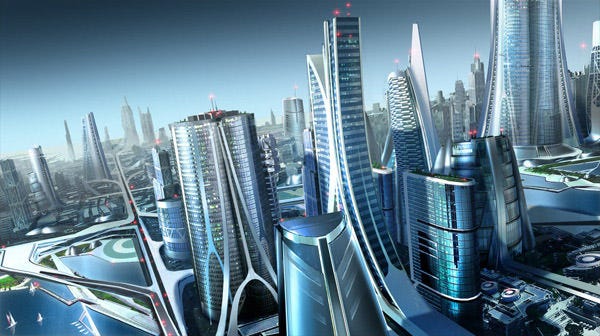
Life can only be understood backwards; but it must be lived forwards. -Soren Kiekegaard
Main Points
Advanced Innovation
Climate Solutions
Solar Flare Management
Pole Shift Monitoring
Global Cooperation
Point #1: Advanced Innovation
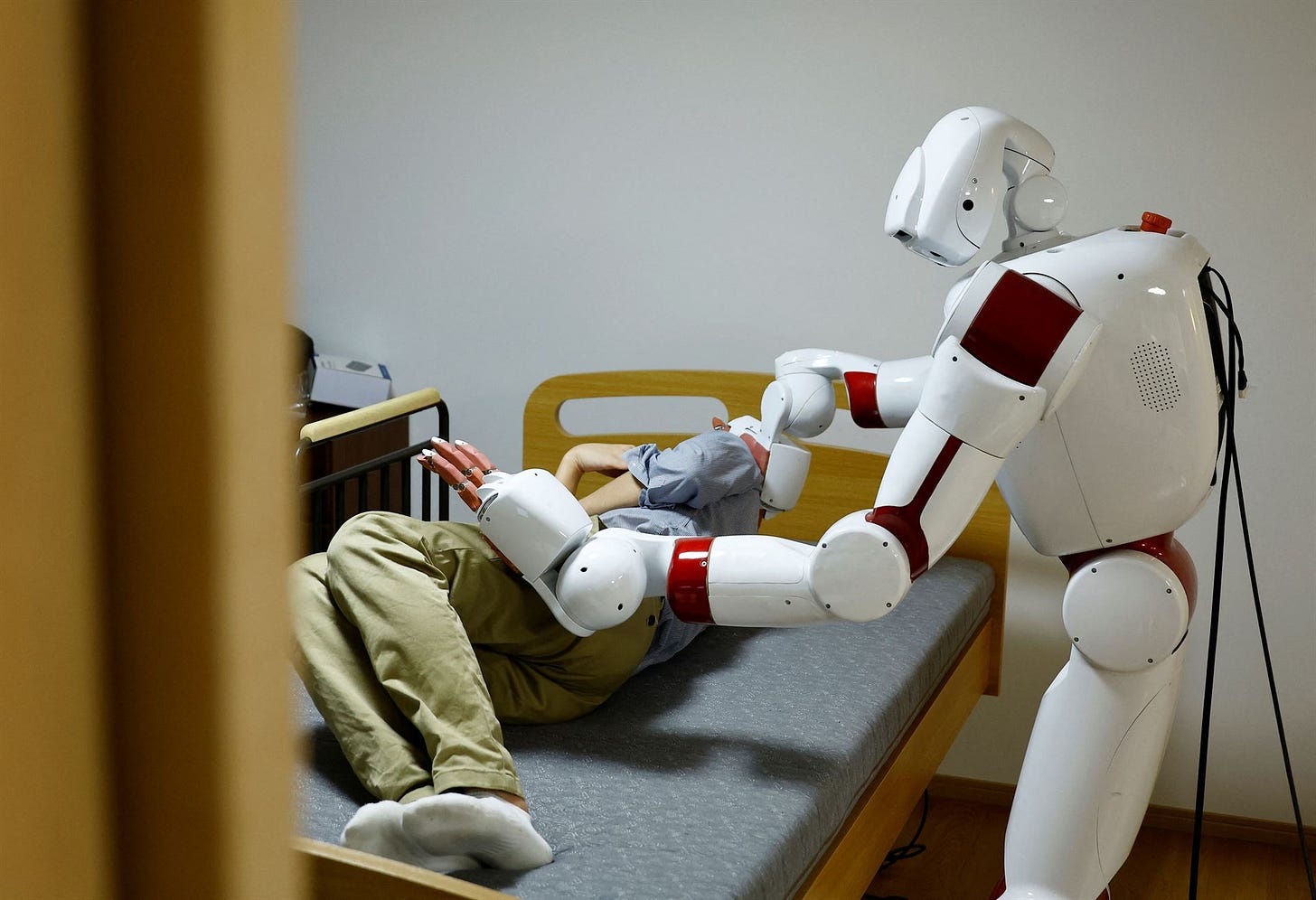
Birth rates might be on the decline, but that’s no reason to freak out. Japan is tackling its ageing population with AI and robots for automation and efficiency. They’re currently testing AIREC, a bot designed for elderly care that can assist with rolling patients over, assist with sitting up, and might even scramble eggs, fold laundry, and stream Matlock.
With fewer nurses available to make rounds, medical staff are testing sleep sensors so nurses can monitor patients remotely. Why worry about breeding help when we can build it?
Point #2: Climate Solutions
Renewable energy adoption grew by 2.2% in 2024, driven by solar, wind, and hydro technologies, as well as electric vehicles.
Carbon capture technology will continue to advance, and lab-grown food will hedge against emissions and scarcity. These innovations mitigate climate impacts, enabling societies to thrive even with smaller populations or rising temperatures.
Point #3: Solar Flare Management

The X2.7 flare on May 14, 2025, caused temporary disruptions, but NOAA’s Space Weather Prediction Center and ESA’s Solar Orbiter provide early warnings. This allows public and private infrastructure to prepare. Advanced frameworks, such as Starlink’s satellite redundancies, protect people on Earth, even if solar flares are on the uptick.
Point #4: Pole Shift Monitoring
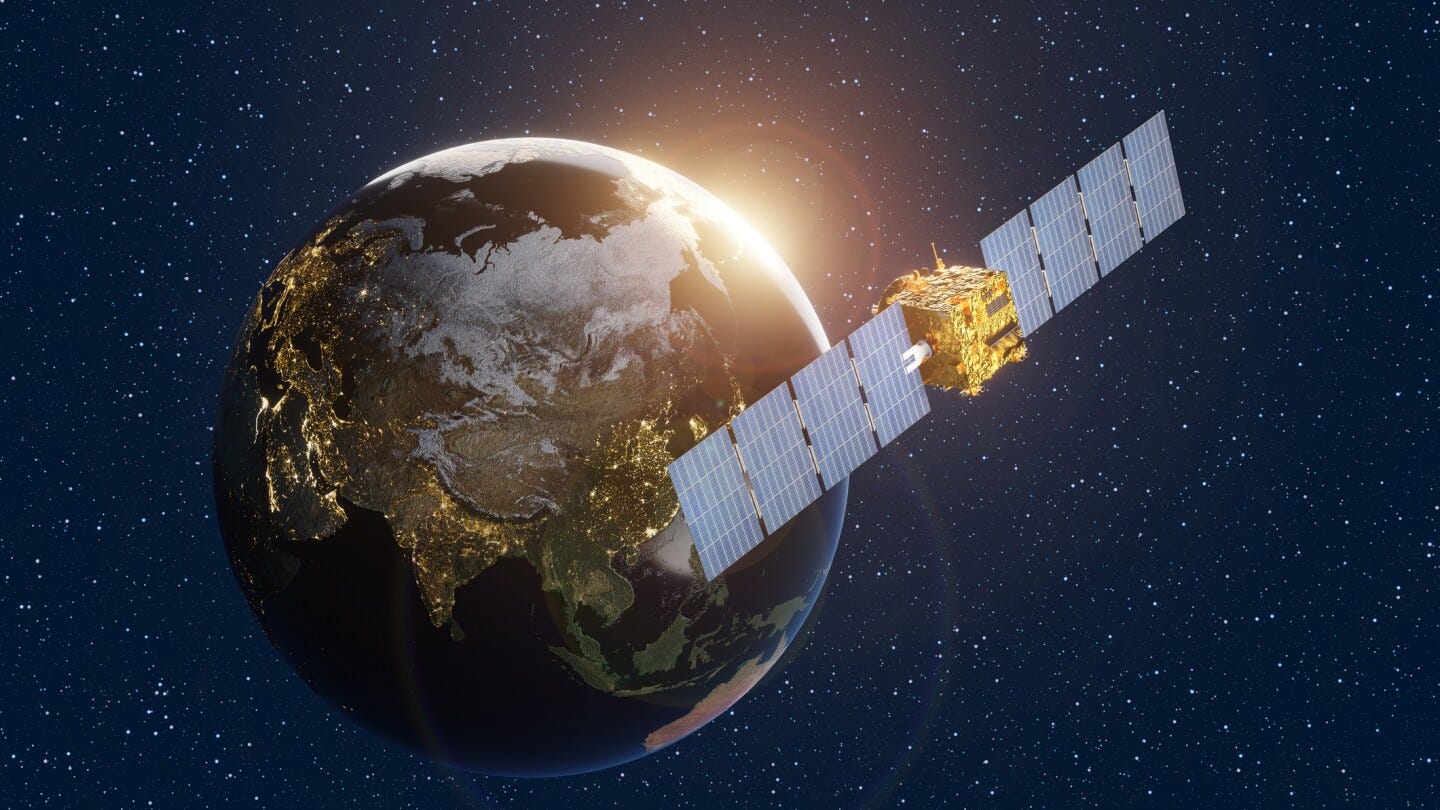
The Earth’s poles have shifted in the past, and they’ll move again. However, this process is incredibly slow and not a reason to believe the world is ending. The sun’s recent 2025 flip is part of a typical 11-year cycle and poses minimal risks to life on Earth. Experts and astronomers monitor both solar flares and magnetic activity with Swarm satellites to ensure preparedness for any increased dangers.
Point #5: Global Cooperation

Humans survived plagues like the Black Death through bloodletting, leeches, and those weird bird suits. While pandemics or epidemics will always be of concern, modern medical advancements ensure humanity can adapt.
Nuclear war risks are mitigated with treaties such as the START treaty to limit nuclear arsenals between the US and Russia, and the UN's Treaty on the Prohibition of Nuclear Weapons includes five nuclear powers.
To mitigate concerns about rogue asteroids, NASA's Double Asteroid Redirection Test (DART) mission, which involved crashing a satellite into an asteroid to deflect it, shows promise in keeping Earth safe.
Rebuttal: The World IS ENDING
I only ever play Vegas one night at a time. It's a hideous, gaudy place; it may not be the end of the world per se, but you can certainly see it from there. -Robin Williams
Main Points
Low Birth Rates
Climate Change
Solar Flares
Magnetic Pole Shifts
Geopolitical Tensions
Point #1: Low Birth Rates

In 1990, women had an average of 3.3 children globally. Since then, the stat has fallen to about 2.3. More than 50% of all countries have fertility rates below 2.1, which is the level required for the world’s population to maintain a continual size.
Japan might turn to AI and robotics for assistance, but it stands to lose 30% of its population by 2050. Technology is great, but it’s not much use if there are no people to maintain it.
Point #2: Climate Change
The Earth’s climate has shifted between hot and cold since its inception.
Between the Warm Periods, the Cenozoic Era, and the Quaternary Ice Ages, the climate will continue to shift, regardless of human contributions or mitigation efforts.
We’re currently in the Modern Anthropogenic Warming period, and the climate is expected to rise and may eventually freeze over again. If humans are to survive, we’ll become increasingly reliant on technology to live here or to leave the planet. That will be difficult with few humans to build rockets.
Point #3: Infrastructure Disruption
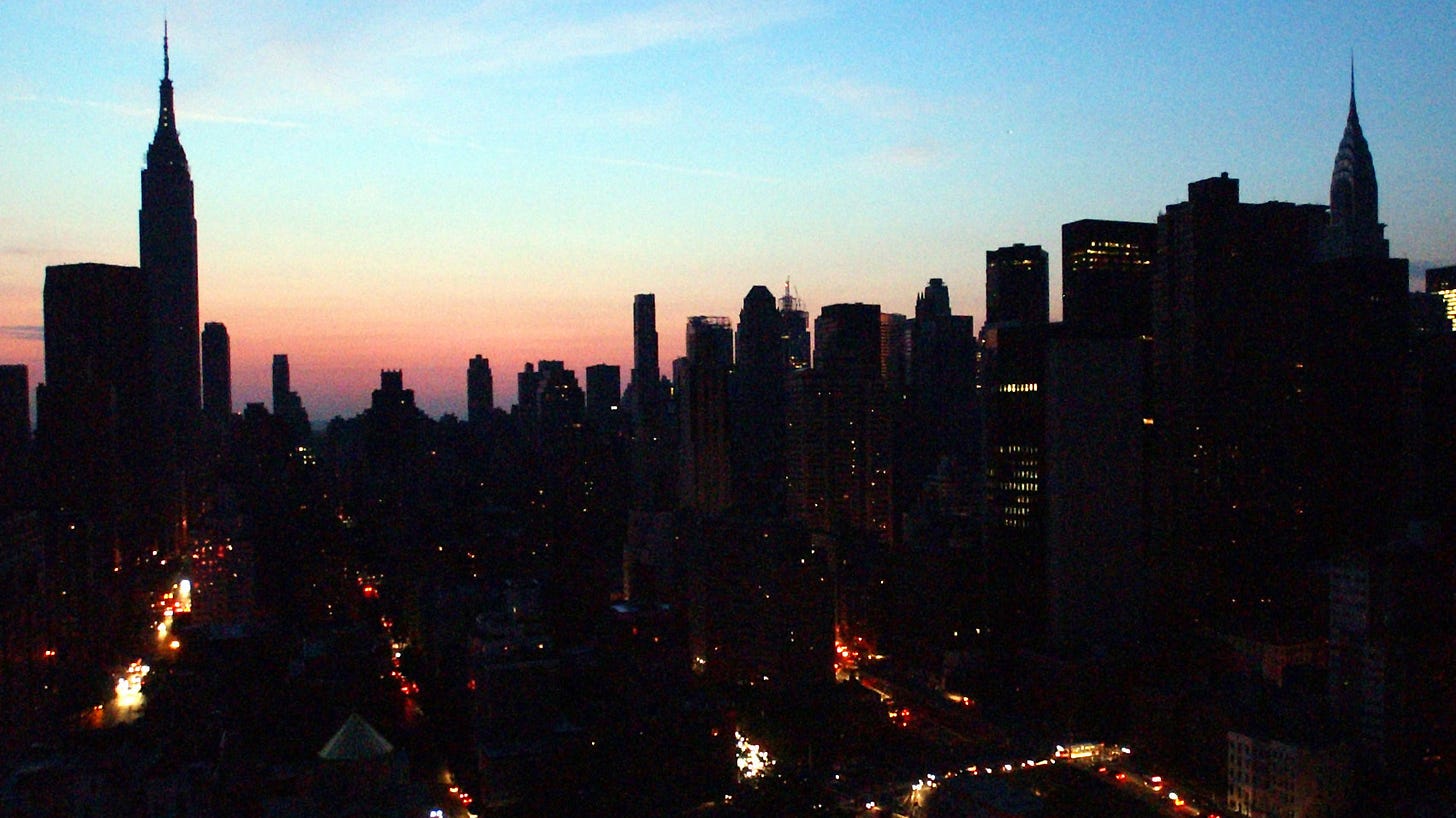
An X2.7 solar flare on May 14, 2025, caused radio blackouts across the dayside of the Earth. While the impact was temporary, a rare superflare could take out key grid infrastructure and satellites.
We’re all familiar with rolling blackouts in California as renewable energy grids struggle to keep up with high demand, and many blame the April 28 European blackout in Spain and Portugal on fragile renewables, which impacted around 55 million people.
Green energy might have its perks, but can it sustain humanity at scale?
Point #4: Magnetic Pole Shifts

Pole shifts have happened before, and the world didn’t end. But these days, we’re far too reliant on our infrastructure, internet, and power grid, which are all vulnerable to space weather.
This could easily put society on its heels, as everyday tasks require GPS, refrigeration, internet access, and Jagermeister dispensers. These pole shifts may also increase cancer cases, as harmful UV rays hit the Earth more intensely. With a declining population, that’s not something we can afford.
Point #5: Geopolitical Tensions
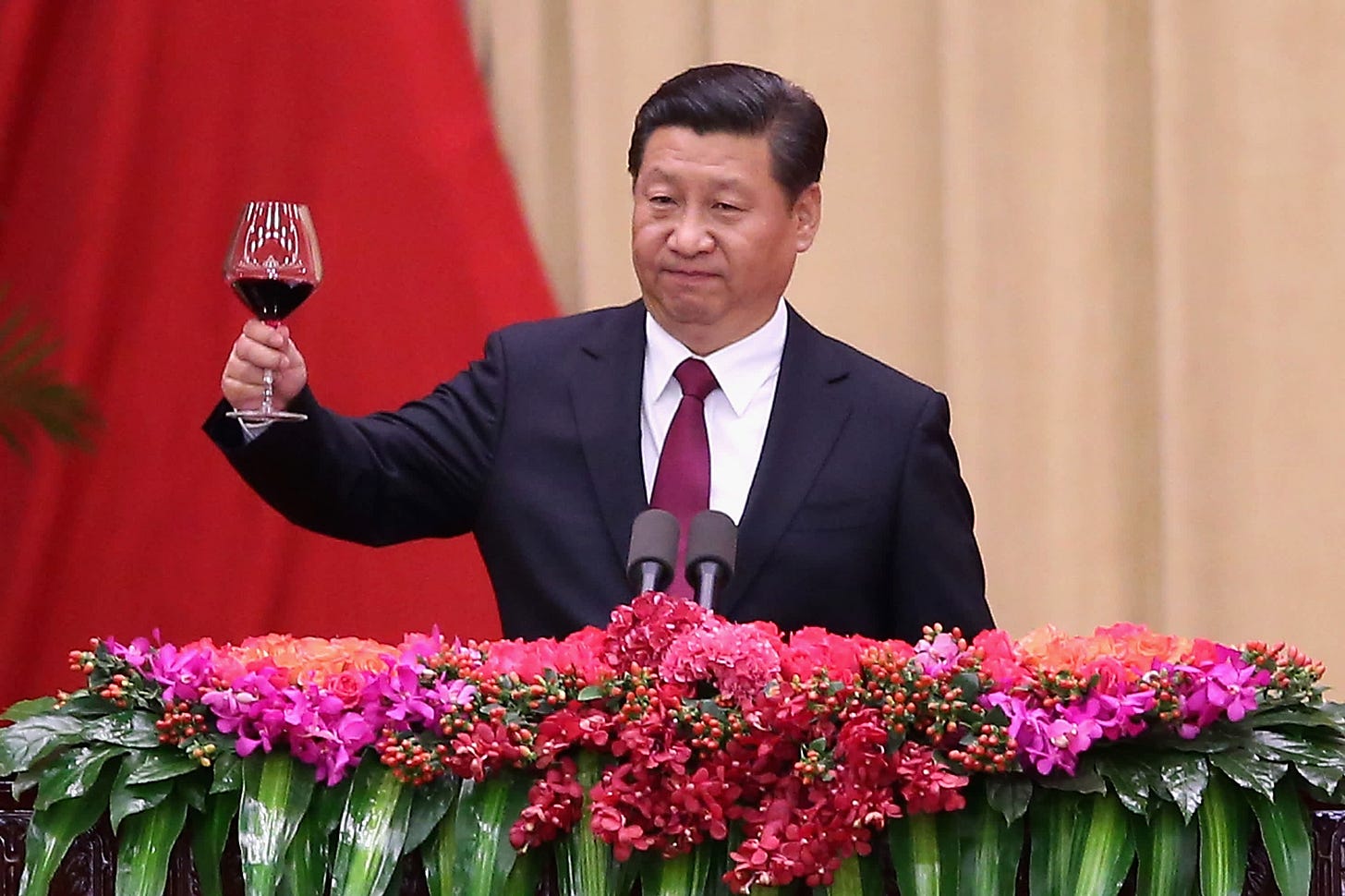
Space forecasts aside, just take a look at the increasing dangers here on Rock 3. Between multiple active conflicts or wars with nuclear powers, how long will it be before the ICBMs start flying?
Cyber attacks targeting critical infrastructure or potential Electromagnetic Pulse weapons (EMPs) could send advanced societies back into the Stone Age as social cohesion breaks down.
Don’t Be Normalcy Biased
How do we define “end” and “the world”?
If we’re talking cataclysmic Deep Impact (1998) style armageddon, there isn’t much evidence to suggest something like that happening soon.
If we’re talking the end of the world “as we know it,” well, that happens all the time. The world our parents grew up in has ended, and we’ve seen the world as we knew it end during our lifetimes, with significant cultural and technological changes.
As for human survival, while pole shifts and solar flares are certainly a concern, they don’t appear to be the most imminent threat. But depopulation continues to pop up on both sides.
Elites say there’s too many people and cow farts intensifying climate change, but how are we supposed to maintain our complex and constantly evolving society if we don’t have enough people to support it in the future?
With increased international tensions, lost culture through globalization, multiple wars and conflicts, and WW3 constantly bubbling up in the news and social media, it seems there’s a serious domestic dispute going on in our solar system.
Humans used to battle with swords, arrows, guns, and then planes. Today, we can obliterate each other over a land dispute if a hangry world leader gets butt-hurt over a Trump tweet.
Whether the nukes start flying, we take down each other’s infrastructure, or simply run out of people, our biggest threat isn’t coming from rogue asteroids or wild space weather.
Don’t ignore the warning signs. It’s coming from us.
GB
Meme of the Week
Brand of the Week: KLĒNR

Chris "CT" Thompson spent years as a US Army Green Beret, completing multiple combat deployments. Aside from enemy combatants, he knew exposure to cancer-causing chemicals killed many in the special operations community. That’s why, after getting out of the service, CT turned his sights to using and making cleaner products to live a healthier life.
Head over to Klenr.com and check out their all-natural soaps, deodorants, and pomades, and enjoy free shipping on all orders over $65!
American of the Week: Natalie Renee Martin

On January 26, 2016, in Sheboygan Falls, Wisconsin, 11-year-old Natalie Renee Martin discovered a fire had started in the basement of her family’s two-story home. Natalie woke her 9-year-old sister Jenna and led her outside. Then Natalie returned to get her brother Benjamin, 10, and Carter, 7, while Jenna went to a neighbor’s house to call 911.
Firefighters arrived and began searching the house as they battled the blaze. Natalie tried her best, but unfortunately, she and her siblings were found unresponsive in a bedroom after suffering severe smoke inhalation.
Natalie died a hero and was awarded the Carnegie Medal for her bravery.

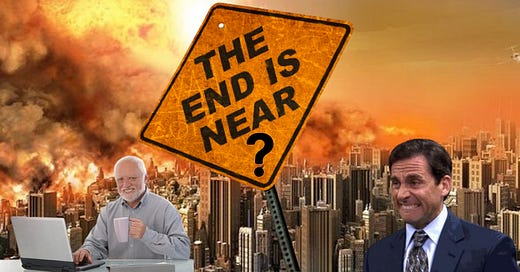


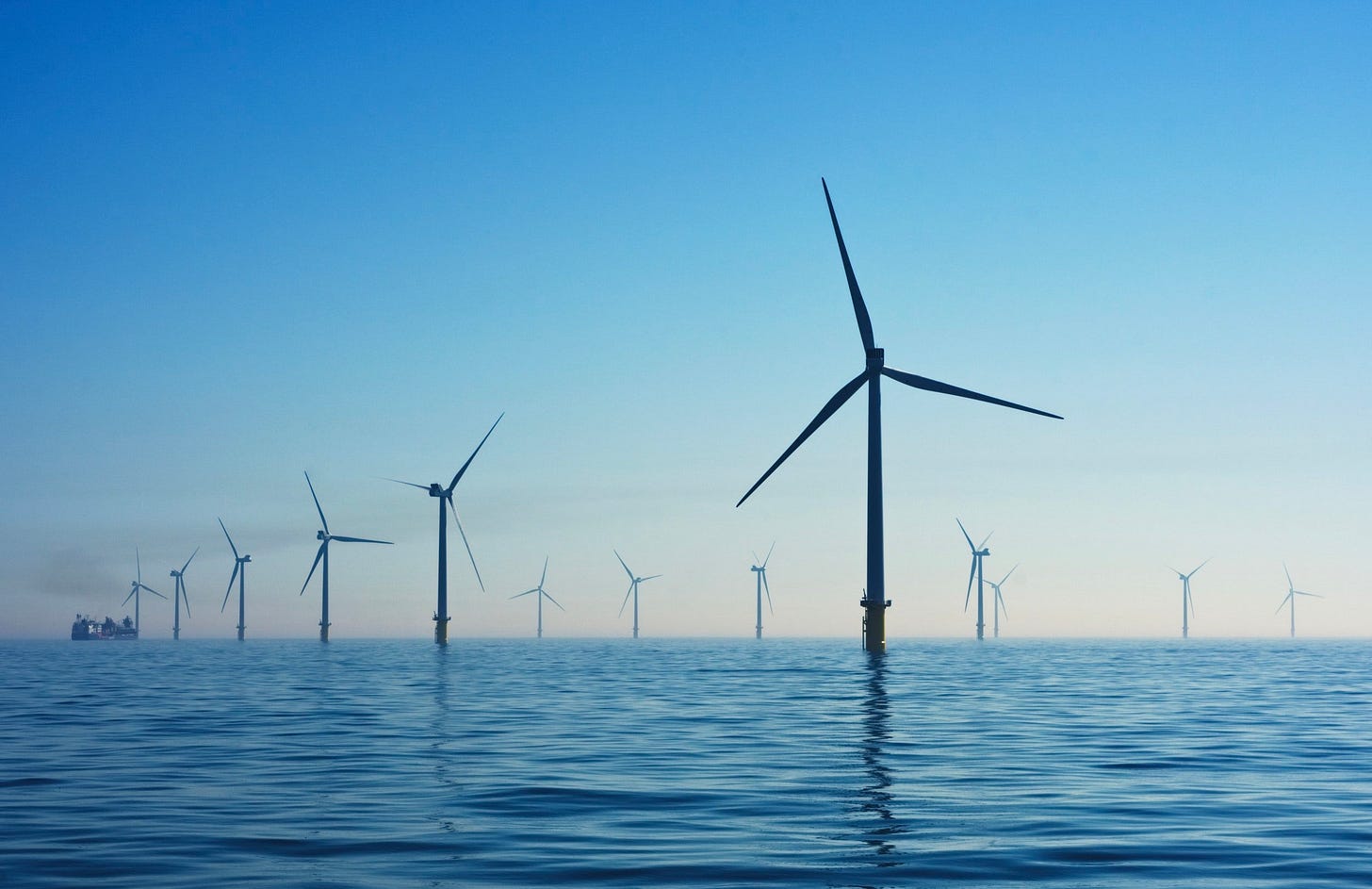


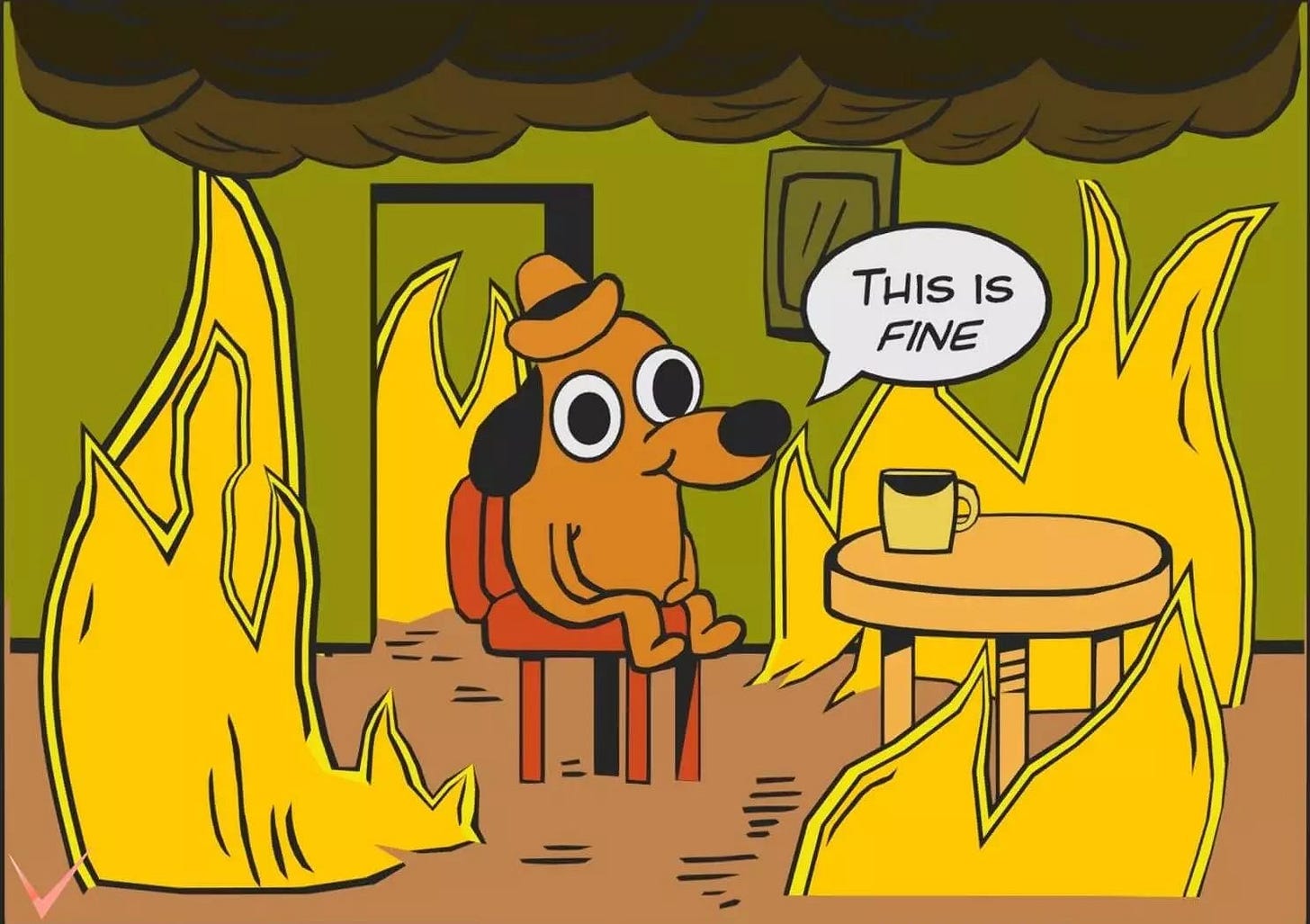
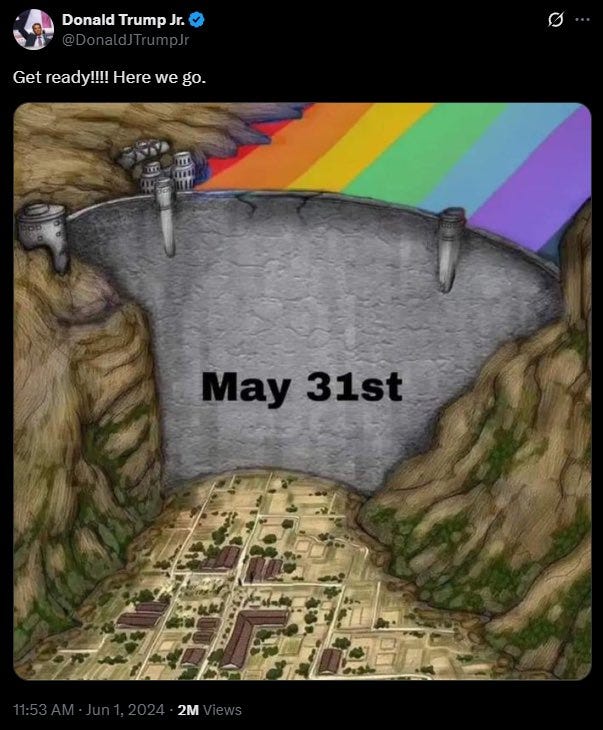
Thanks again for this one Greg, just re-read it more completely and it’s a really good discussion paper.
Thanks for sending xx
Not yet Greg old chap, but you’re right: the world is SO different in my own lifetime on many fronts xx